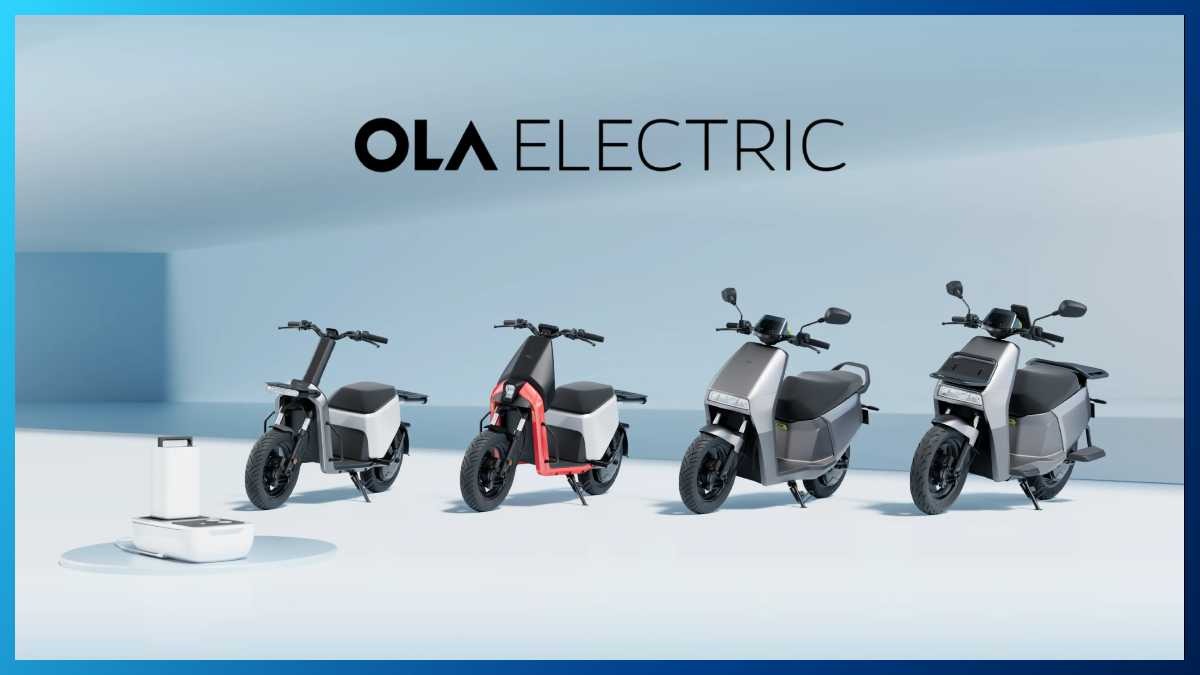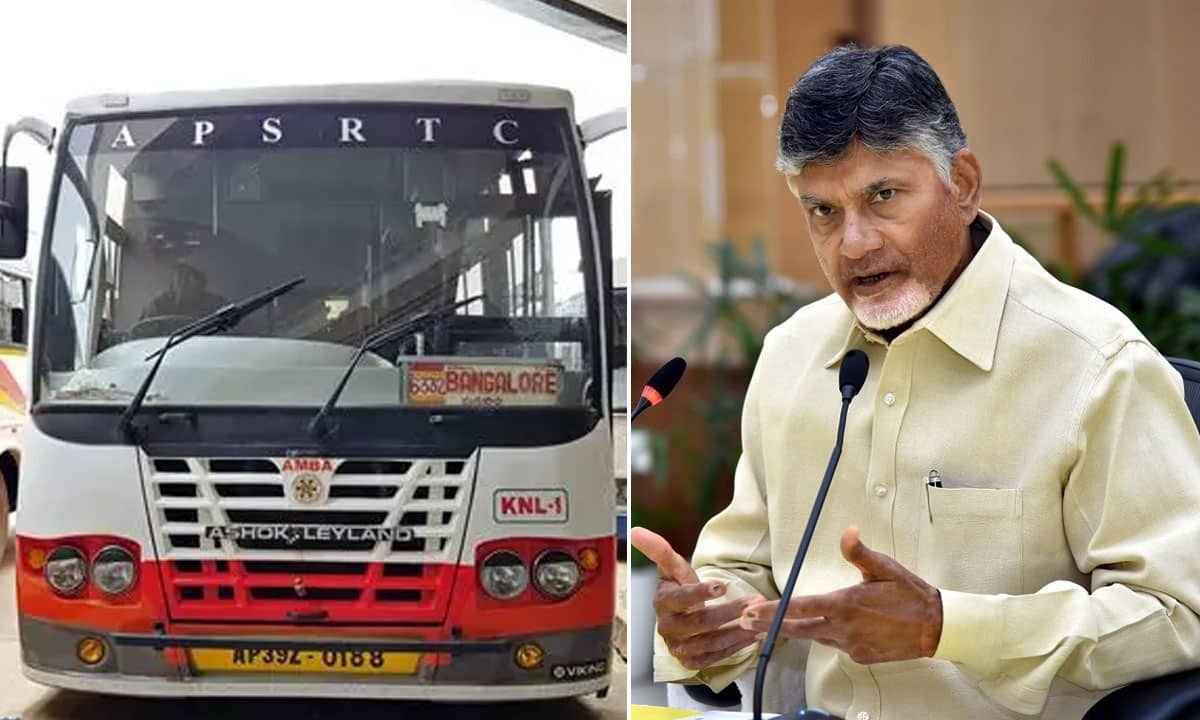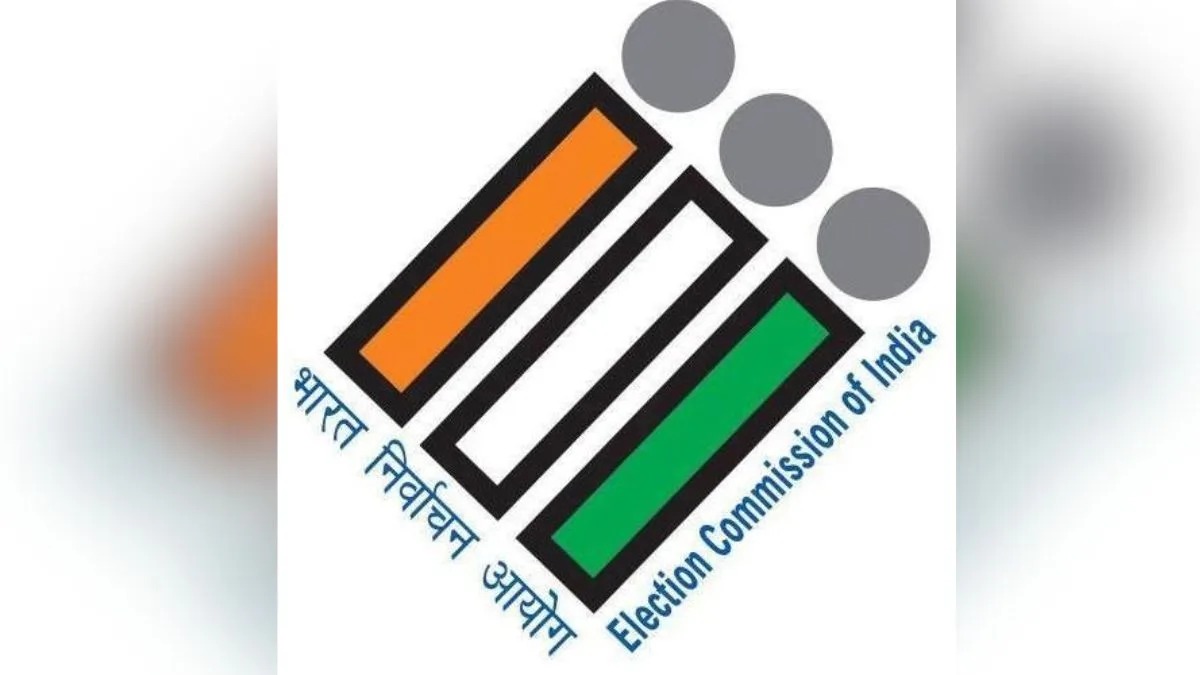
Follow WOWNEWS 24x7 on:

Ola Electric, a leader in India’s electric vehicle revolution, has announced a series of strategic milestones during its latest company presentations, setting the stage for a transformative new chapter in electric mobility. The company detailed advancements in scooter technology, cell manufacturing, and upcoming premium models, exciting both market watchers and consumers.
Key Announcements and Developments
Ola Electric’s Chairman confirmed the much-anticipated Gen 4 platform will debut in the latter part of 2026, boasting advanced performance features and the brand’s first-ever use of ferrite motors in mass-market models. This move promises improved efficiency, lighter weight, and greater sustainability for future scooters.
In a major push for domestic manufacturing, Ola Electric is set to begin deliveries of vehicles equipped with its new in-house produced battery cells from late September 2025. The integration of these high-performance, indigenous cells is expected to enhance energy density, provide longer range, and boost reliability across Ola's lineup.
The company’s forthcoming performance electric scooter has been officially detailed, with an introductory price of 150,000 rupees. Deliveries of the performance model—powered by the new generation of ferrite motors and batteries—are scheduled to begin in January 2026.
The performance scooter, showcased as the S1 Pro Sport, offers a sporty aesthetic with carbon fibre enhancements, a new 13 kW ferrite motor, a top speed of 141 kmph, and an IDC-claimed range of 320 kilometers. Features like sporty-tuned suspension, advanced LED lighting, and the debut of ADAS safety technology further differentiate it in the competitive scooter market.
Ola Electric’s Gen 4 platform is intended to serve as a foundational leap, integrating everything from battery cell innovation to powertrain upgrades, and setting the groundwork for future electric motorcycles as well.
Industry Impact and Forward Outlook
Ola’s announcement marks a significant step in India’s EV ecosystem, where local battery production is seen as crucial for supply chain resilience and cost competitiveness. By developing and fitting its own battery cells, Ola aims to reduce dependency on imports, bring down EV costs, and accelerate mass adoption.
The company’s use of ferrite motors, which are generally less costly and more environmentally friendly than traditional rare-earth motors, aligns with global industry efforts to future-proof powertrain technology.
Aggressive scheduling—starting performance scooter deliveries in early 2026 and rolling out in-house battery-powered vehicles as early as September 2025—reflects Ola’s ambition to widen its lead in the two-wheeler EV market.
The sporty S1 Pro Sport, with its eye-catching design, technological upgrades, and competitive pricing, targets a fast-growing market segment for performance-oriented electric scooters, pitting Ola against both legacy automakers and new-age startups.
What’s Next for Ola Electric
Ola will continue to invest in scaling its Gigafactory for battery cell production in Tamil Nadu, aiming to ramp up both quantity and quality as the EV transition intensifies.
Additional models built over the Gen 4 platform are likely in the pipeline, reinforcing Ola’s multi-segment approach spanning affordable, premium, and performance scooters, as well as future entries into the electric motorcycle space.
Continued rollouts and public technology demonstrations through 2026 are expected to keep the brand at the forefront of electric two-wheeler innovation and consumer excitement in India.
Sources: Reuters, CarandBike, Autocar India, scanx.trade, Ola Electric company presentation, Economic Times



